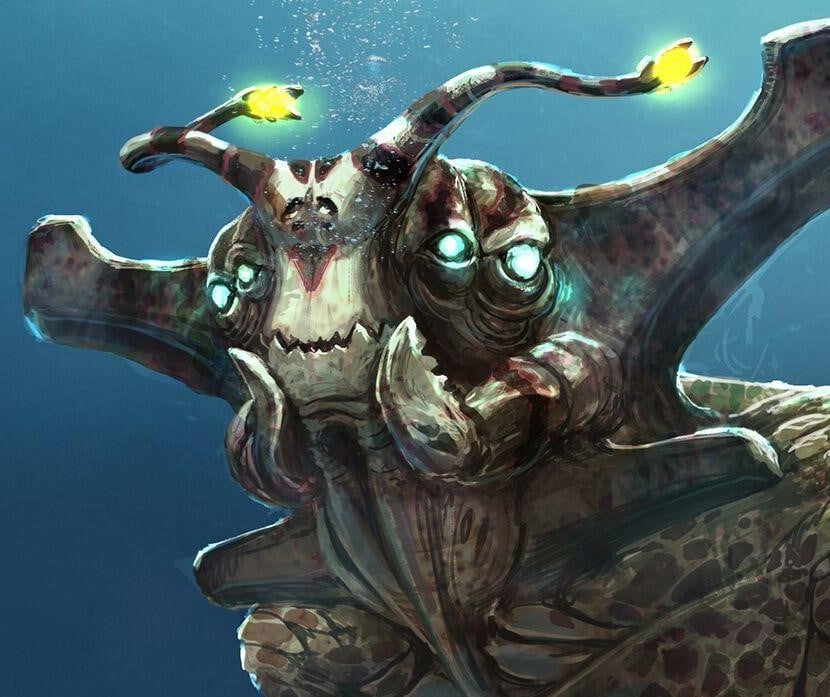Test or One-Day?
But what species is the cricket?
Wow.
It’s zero degrees here in June.
Weird.
Hello fellow southernhemispherian, how does it feel bring safe from nuclear winter?
How did you hear negative chirps?
Can I learn this power?
Try salvia
Using the metric version you can get zero with no chirps. The method doesn’t work at all for the current temperature though, you can’t get -1°C any way
Nope, 0 / 3 = 0 -> 0 + 4 = 4°C
Division/Multiplication always goes before Addition/Subtraction.
I feel like parentheses don’t belong in explaining math if they aren’t used appropriately.
30 chirps + (added to) 40 = 70
Assuming one spherical cricket in a vacuum
You can’t hear a cricket chirp in a vacuum.
The motor is too loud.
Americans and their units
metric is great until you need to do anything practical with it like converting cricket chirps to degrees /s
…or count the chirps in 8 seconds and add 4.
Why am I taking 25seconds and dividing by 3? Accuracy?
My guess would be better approximation as you avoid a “fluke”, as 8 second is a very short time where nothing could easily happen even with crickets being present
I’m just bothered they chose divide by 3, instead of 16 seconds divide by 2 which is wayyy easier
If you count only for 8 seconds, it will be inaccurate, you need to count for 8 and 1/3 seconds!
Glad to know it’s America and crickets that find fahrenheit more convenient for temperature.
I think that’s how we got fahrenheit.
Actually it was originally based on the freezing temperature of a brine and human body temperature.
Really it was “find something that is different to the reseller scales”
It was actually based on an existing scale called the Rømer scale
No I’m pretty sure it was crickets.
Ah, so 32° is when an unknown concentration of human brine freezes, and 98.6° is the average human temperature
What am I even reading any more
I think the brine probably froze at 0° F, which ended up correlating to 32° F for regular water. And the body temperature at 100° F ended up correlating to 212° F for water to boil. That’s the way I understand it anyway.
Fahrenheit temperature scale, scale based on 32° for the freezing point of water and 212° for the boiling point of water, the interval between the two being divided into 180 equal parts. The 18th-century physicist Daniel Gabriel Fahrenheit originally took as the zero of his scale the temperature of an equal ice-salt mixture and selected the values of 30° and 90° for the freezing point of water and normal body temperature, respectively; these later were revised to 32° and 96°, but the final scale required an adjustment to 98.6° for the latter value.
What the hell was the brine that it required it to be 32° below the freezing point of water? Even salt water would have frozen by that point.
Far fewer people know that 0° and 100° in Fahrenheit also correspond to specific real-world values. 0°F corresponds to a temperature where a brine is made of equal parts ice, water, and ammonium chloride. Such a brine, interestingly, is a frigorific mixture, meaning that it stabilizes to a specific temperature regardless of the temperature that each component started at. Thus, it makes for a really nice laboratory-stable definition of a temperature. Similarly, 100°F was initially set at “blood heat” temperature, or the human body temperature. While not super precise, it was a fairly stable value. As good as anything in the early 1700s.
Source from a quick Google search: https://gregable.com/2014/06/temperature-scales.html
How do you count just one cricket’s chirps? There are usually tons of them.
Everyone counts their own crickets and then you add the results together.
Count faster.
I guess Summer’s over, it’s 4 degrees celsius where I currently am.
0 where I’m at, hell yeah
How did you count negative chirps?
Negative occurrences are imaginary numbers, and reading about crickets caused me to imagine hearing them.
How many crickets did you imagine? I want to make sure the maths works out.
…I will accept this explanation.
I was expecting some kind of Duckworth-Lewis formula.










